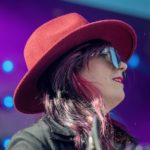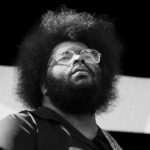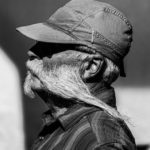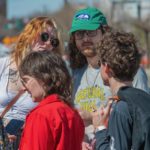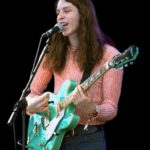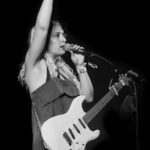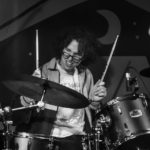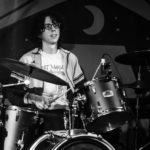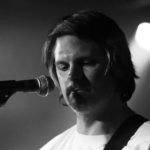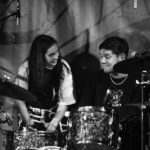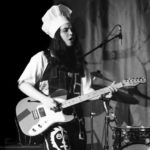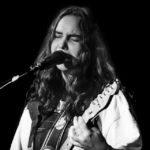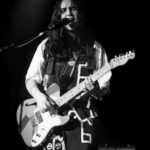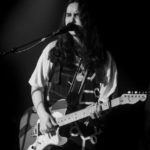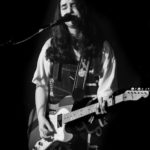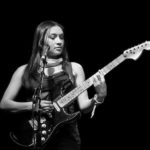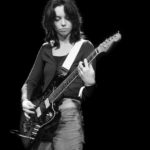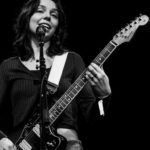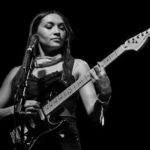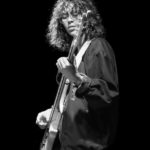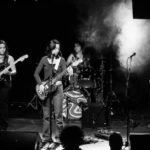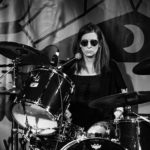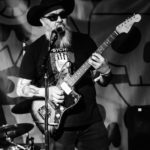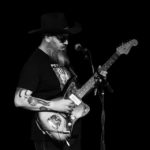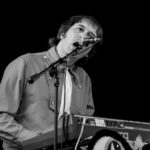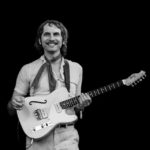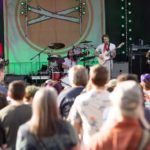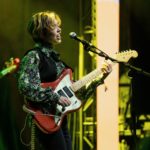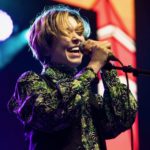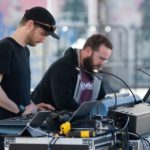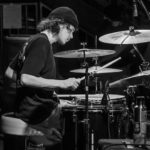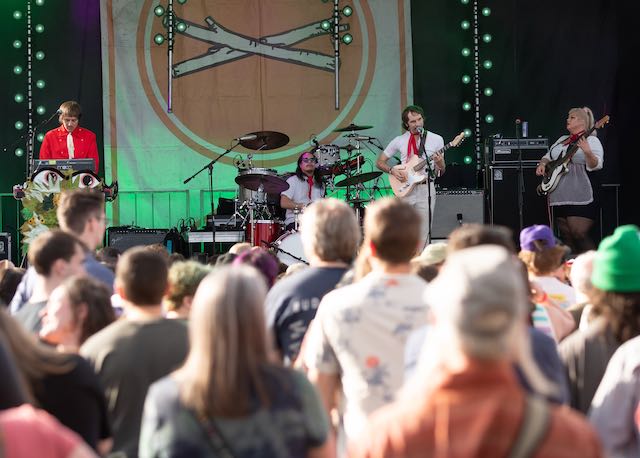
Tips for photographing concerts, music festivals, and events: part 1 of 5
If you’re going to photograph large events with a lot of people, this article might give you a few ideas that make your work more effective. I’ve photographed several concerts, music festivals, and events over the past 10 years, and I’m going to share with you some of the things I’ve learned that give me the best opportunities to get good pictures in large and small venues. Some of my suggestions are common sense, and some will seem irrelevant. Take from this article anything that helps. There is a gallery attached to this article that shows some of the photographs from the first day of the TreeFort Music Fest 2022 event.
Tip #1: Wear the right shoes.
If you’re going to be walking around for 8 hours and taking pictures of influential people and their supporters, you’d better bring a comfortable pair of shoes. Of all of my advice, this is the most important. When you are comfortable and feeling good, you’ll be able to do your best work. The TreeFort Music Fest here in Boise, Idaho, takes place in late March. At that event, you might be walking around in 70 degree temperatures with bright blue skies, but it’s also possible that it will snow all week and you’re walking in slush and water. Prepare for the weather and terrain. Wear comfortable and appropriate shoes.
Tip #2: Scope out the venue as early as possible.
Be early. Get there before the other photographers and fans arrive. If you want to photograph musical artists, take it very seriously. When you arrive early, not only will you have the best pick of event locations to photograph from, but you’ll also have the attention of the very artists you’re about to photograph. Musicians and performers are acutely aware of their surroundings and people around them. Often times, they see you before you see them. When you show up early, they notice that, and they take note of your effort. When it’s showtime, because you were there first, the artist might just keep coming to you to capture their best expressions or parts of their performance. Musicians play to their audience, but they are acutely aware of media and they often put themselves in the right place and at the right time for great photographs. Be ready, be serious, and be intentional about your work.
Photo Gallery at end of text
Tip #3: Get to know security.
In large venues, security folk will be ever-present to make sure performers and artists and crew are safe. If you’re going to photograph from the pit, you’re going to have to use special credentials to access areas exclusive to the media. If you’ve got that kind of access, it’s best to get to know the security folks well before the start of the show. If you build a rapport with security, you’ll have a faster and more fluid access to the main stage and pit area. This will come in handy if there’s a serendipitous moment that’s about to happen and you need to to get through the chaos to get the shot. Besides, as a photographer, you’re people-person—you capture images of people to celebrate a moment. Don’t be afraid to make friends with folks working at the event. Become part of what’s happening around you by sharing yourself and your friendship with people working at the event.
Tip #4: Find the center of the action.
Do your research and find out what a particular musician or artist might do on stage. Get ready for that, and be prepared for the unexpected. Put yourself in the best location that is likely to yield the best photographs. If there’s a lot of people around you, you’re not going to be able to move around a lot. Be okay with that. Try to find a spot that allows you to frame your shots nicely so that there’s no distracting objects in the fore or background. Musicians on stage are going to move around a lot, but they will always come back to their main mic stand. Position yourself for that.
Tip #5: Deal with bad lighting.
In most events I’ve photographed, lighting is an issue. Either there’s too much light, or too little. Let that be okay. A lot of nighttime venues use next to zero lighting indoors. Their job is to set a mood for the audience and their performers. That’s okay. You might have to shoot with unusually high ISO’s, and you might have to use an 85 or 50mm prime lens. Do whatever you have to do to give yourself the best advantage in the dark. In small venues, using flash might be an option. Always ask the performers if flash is okay. Generally you’ll be able to talk to performers very briefly as they are preparing their stage. As well, the venue itself might provide a list of best etiquette practices.
On my first day at TreeFort 2022, I brought only my 70-200mm lens. This isn’t a bad choice, but as the lighting conditions deteriorated through the day, more and more grain was introduced into my photographs. I didn’t want to increase my ISO setting, so I had to deal with retouching in post. In a lot of my pictures, there wasn’t enough light available to render color, so I took the images to black and white. Don’t feel bad about going to black and white. There’s a sort of classic beauty to black and white photography that a lot of people still admire. Stage lights tend to be purple or yellow, or some other color that floods out natural tones. In these cases you can try to adjust the temperature of the photograph to get back some of the missing colors. View low light environments as an opportunity and a challenge.
All phots by Terry Welch Photography

